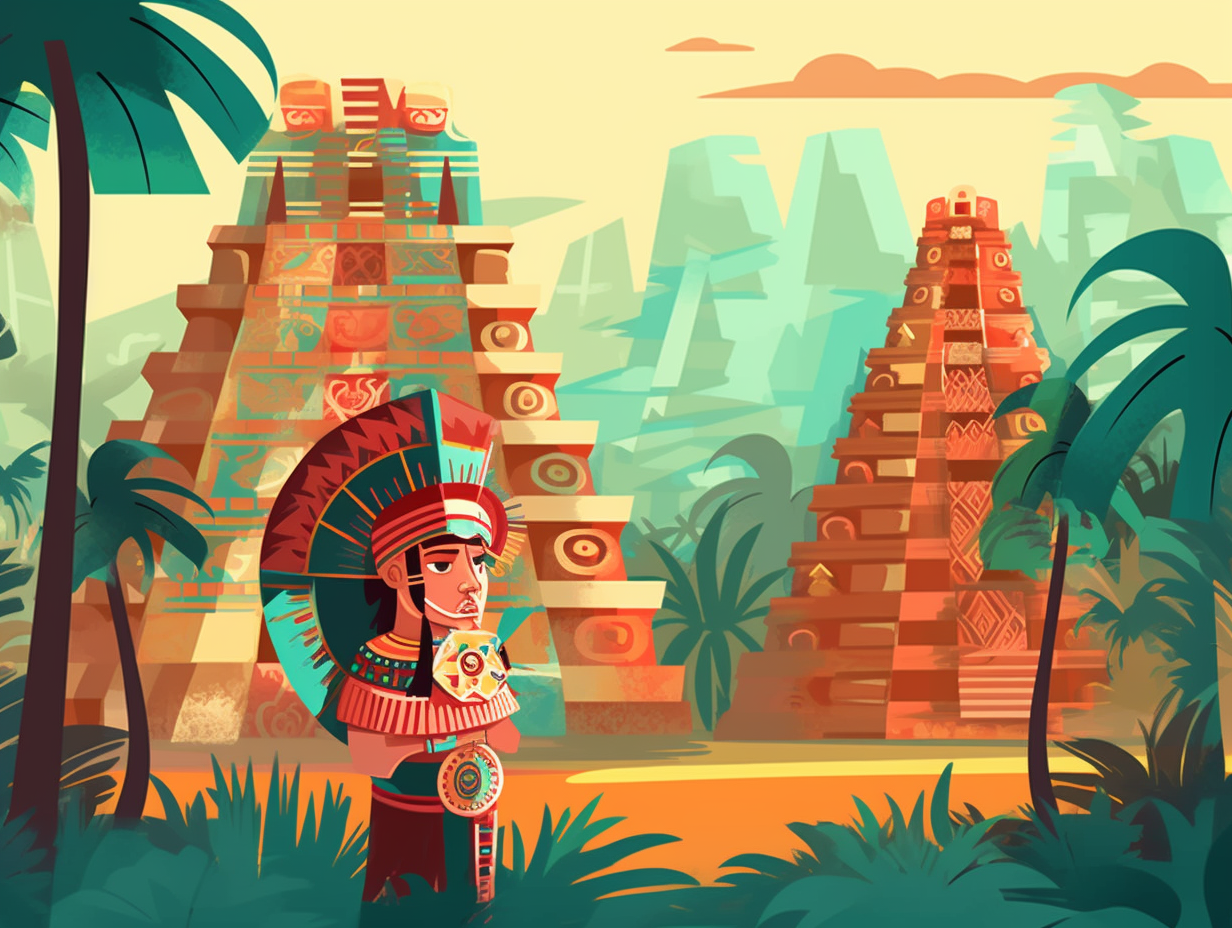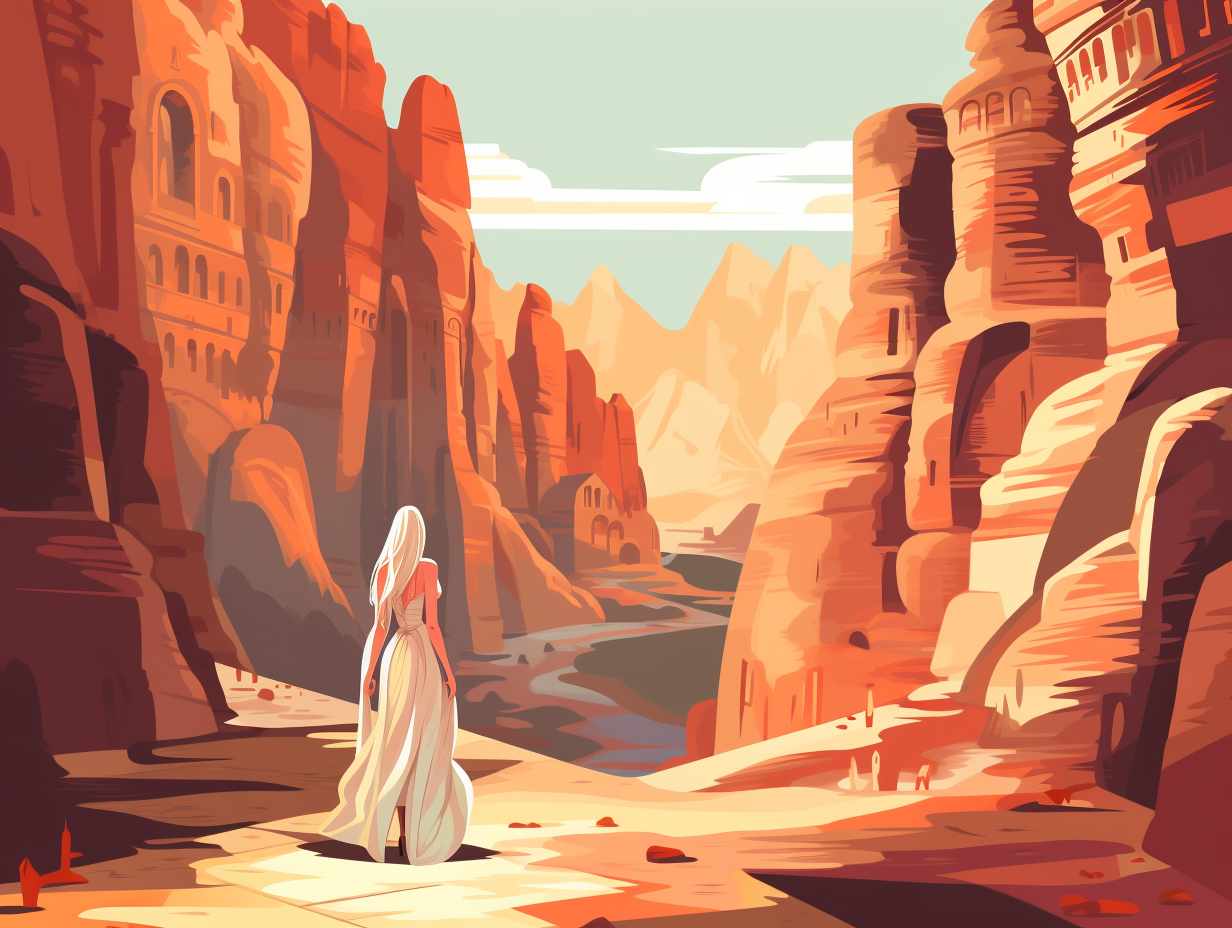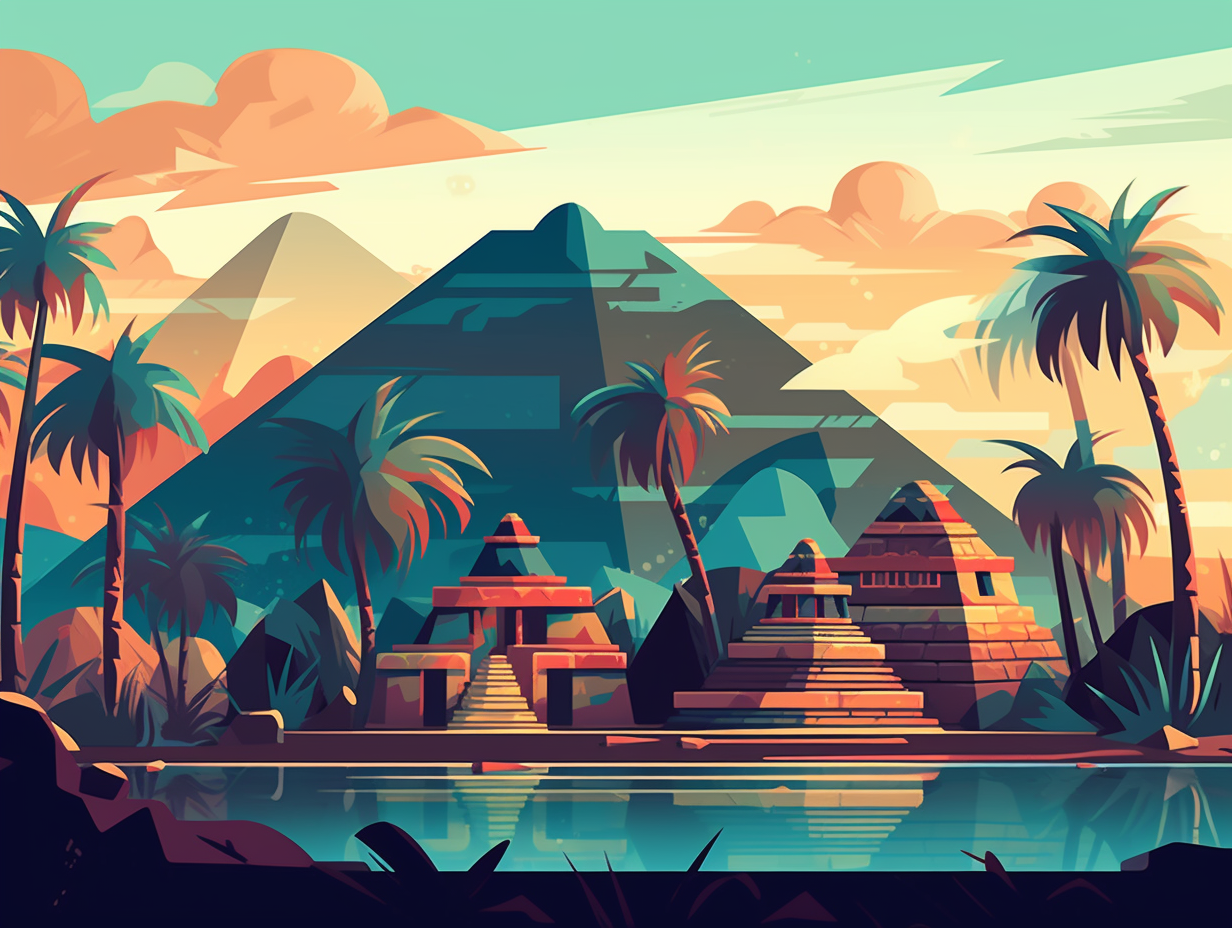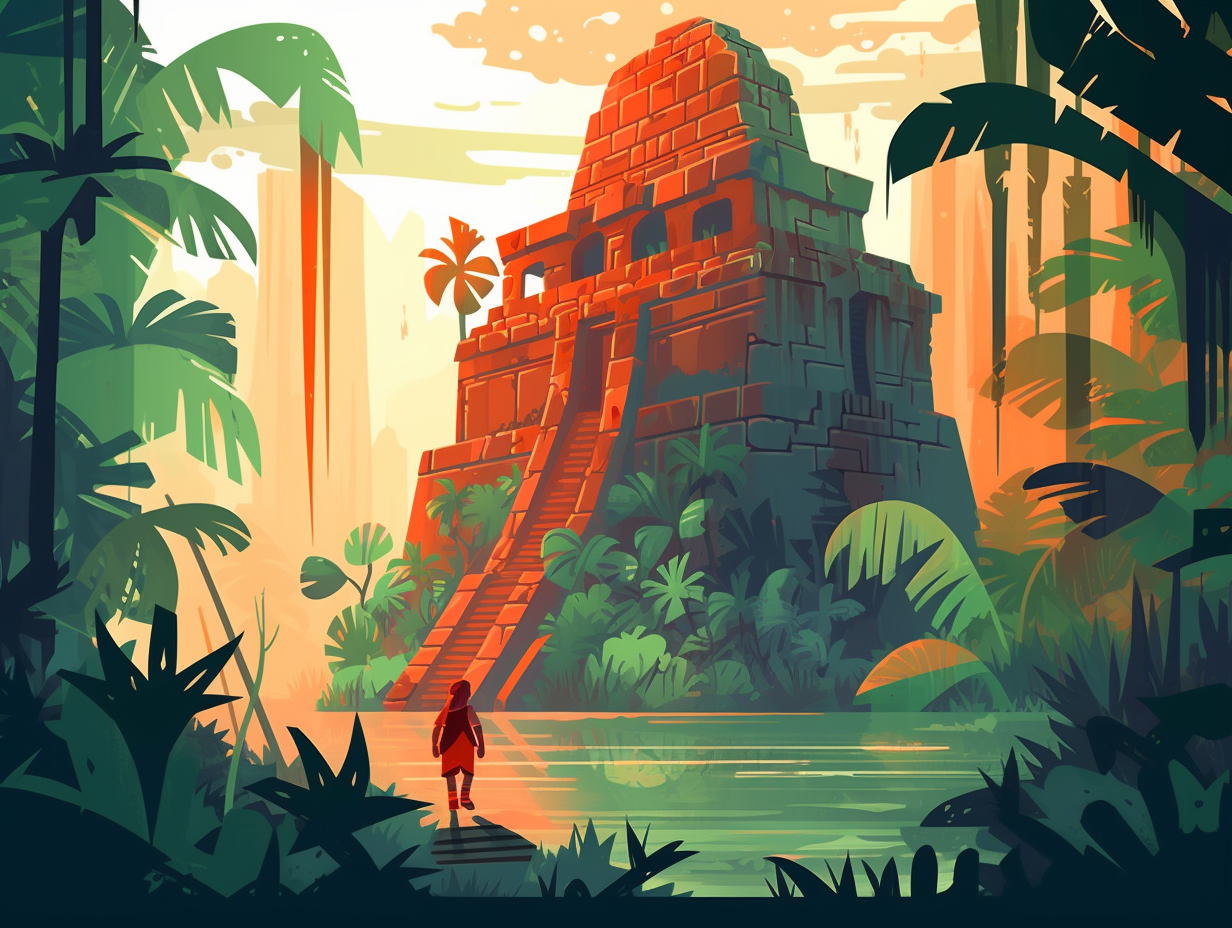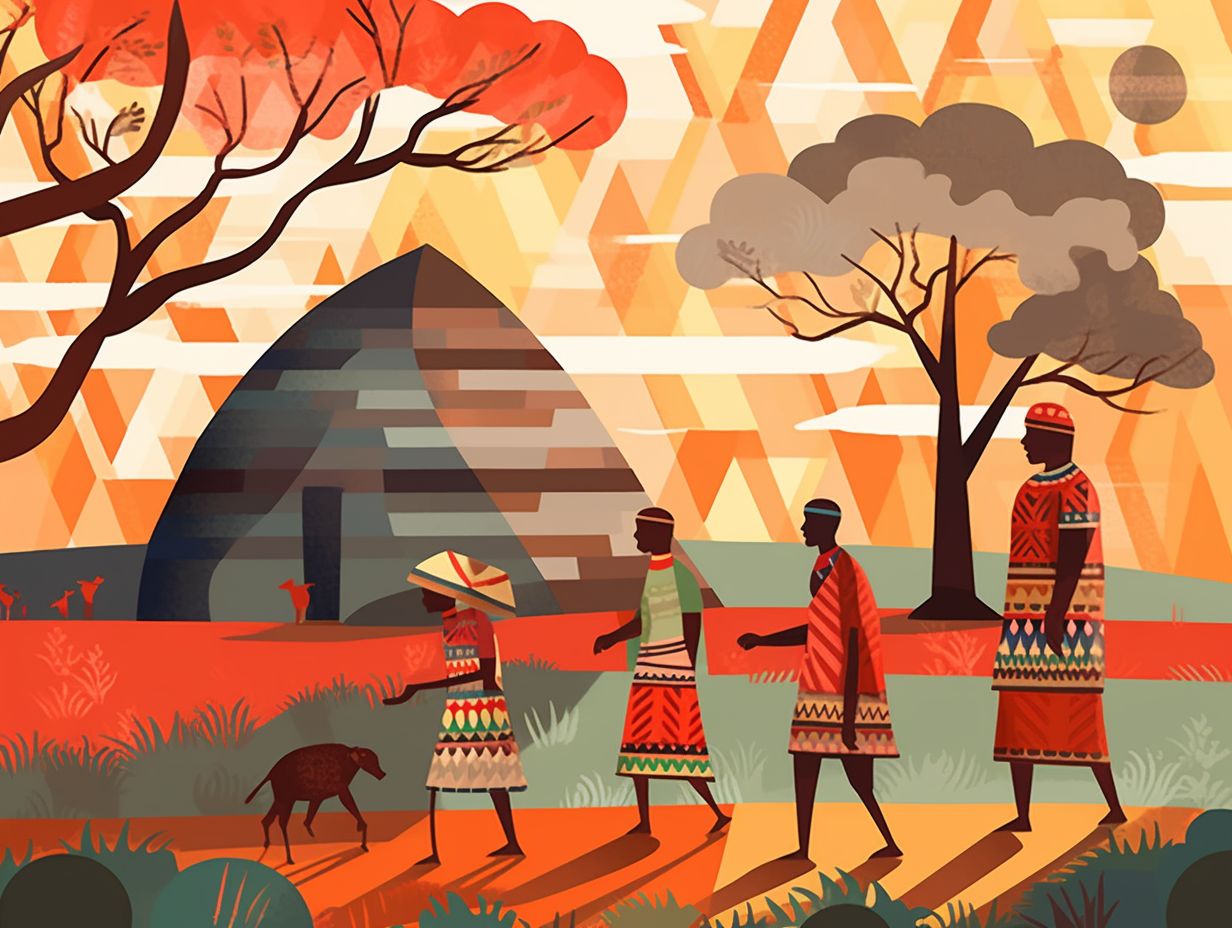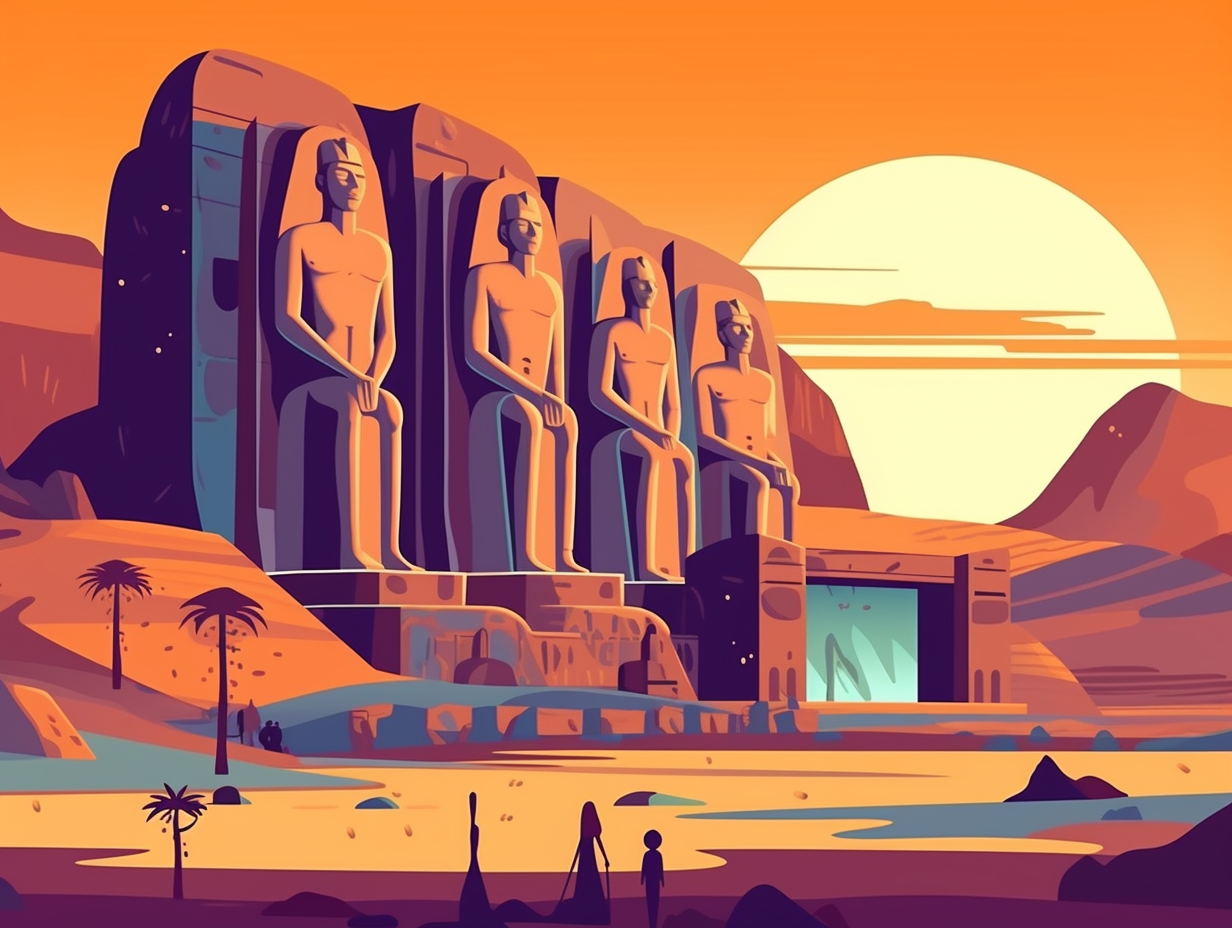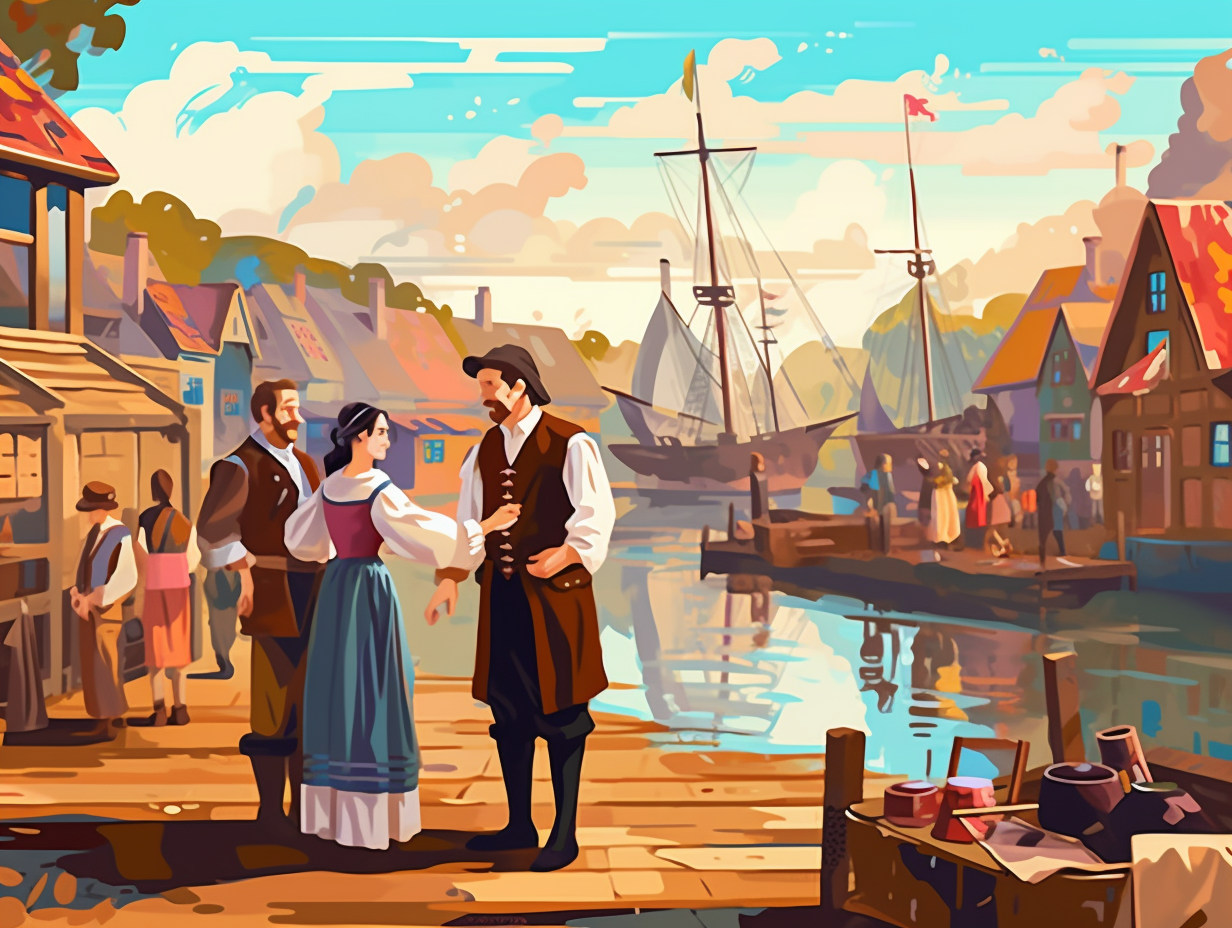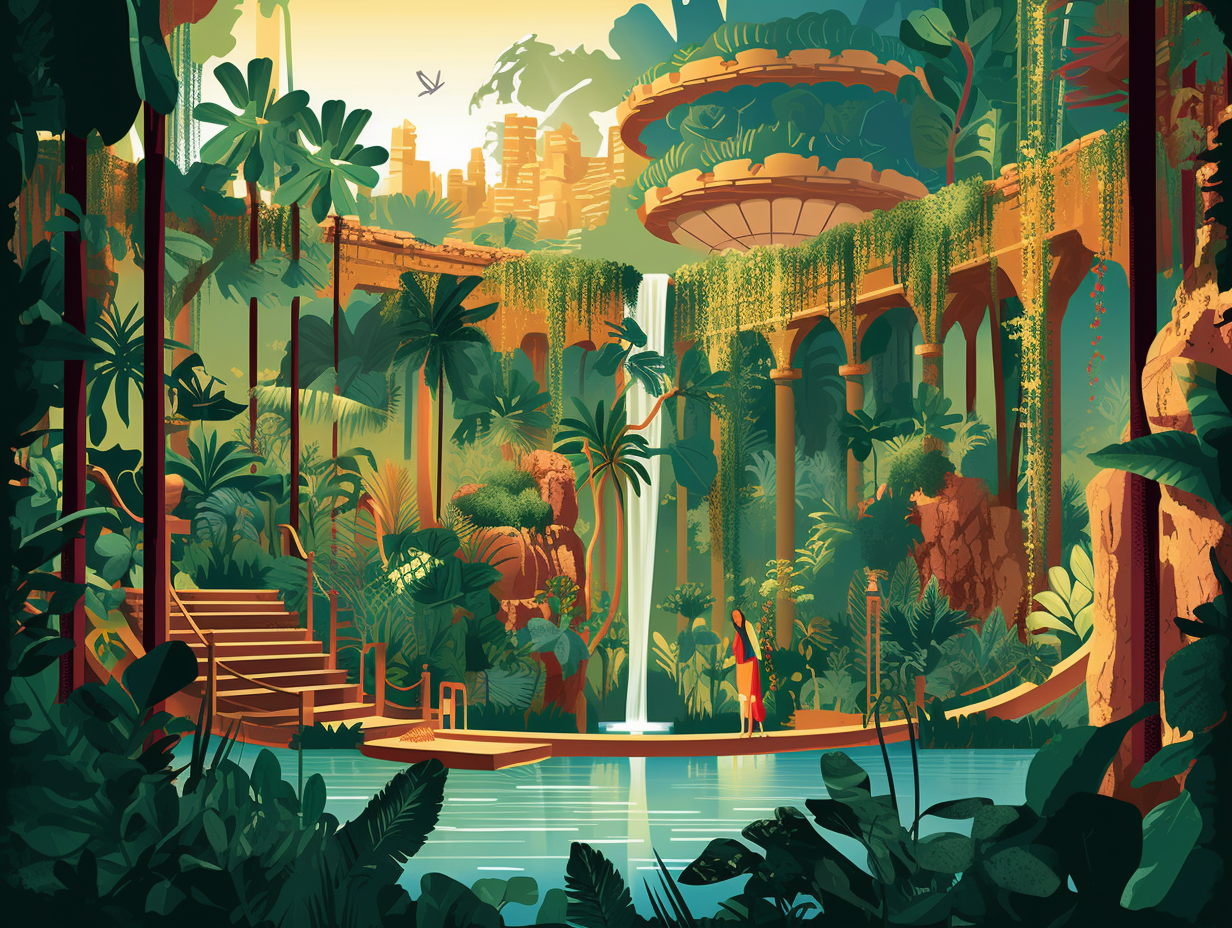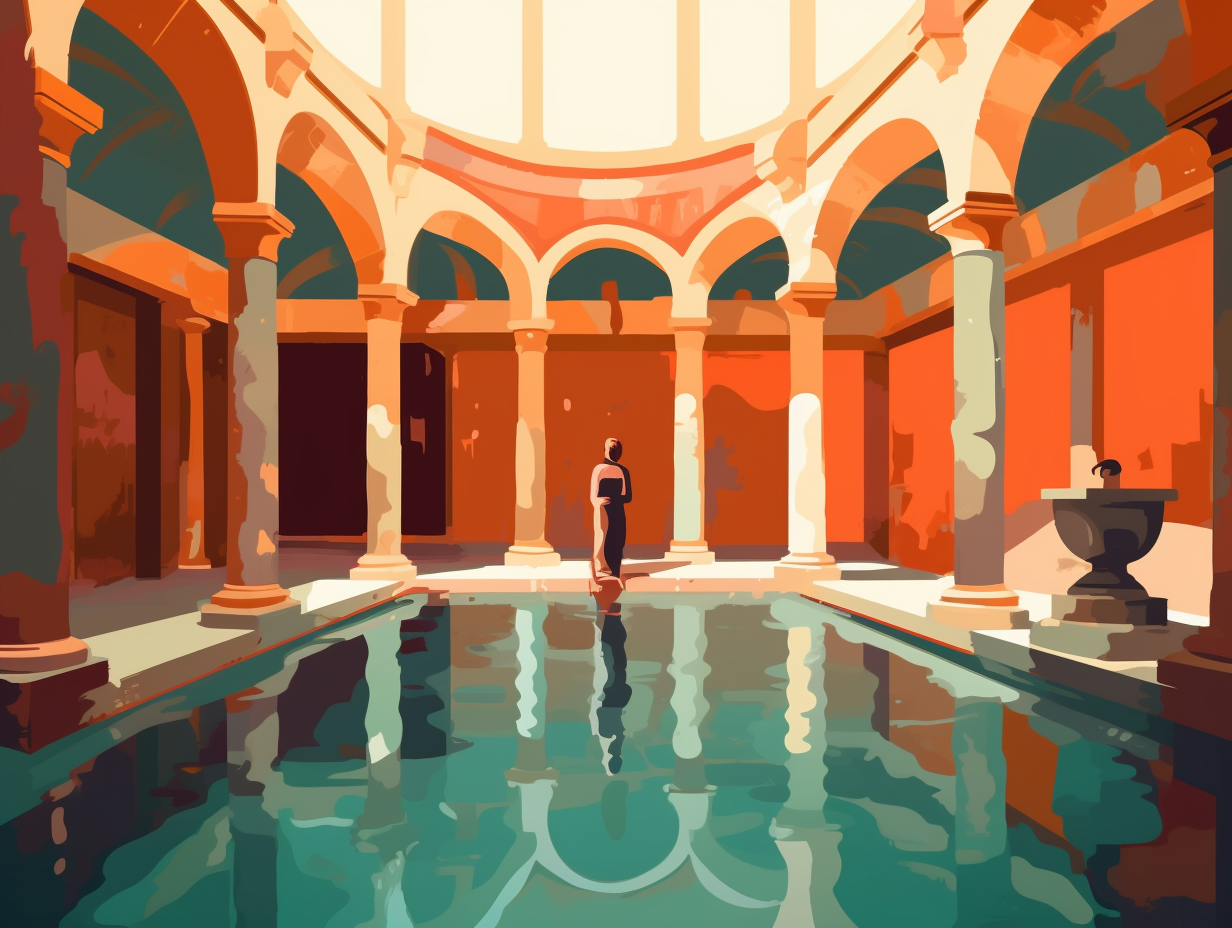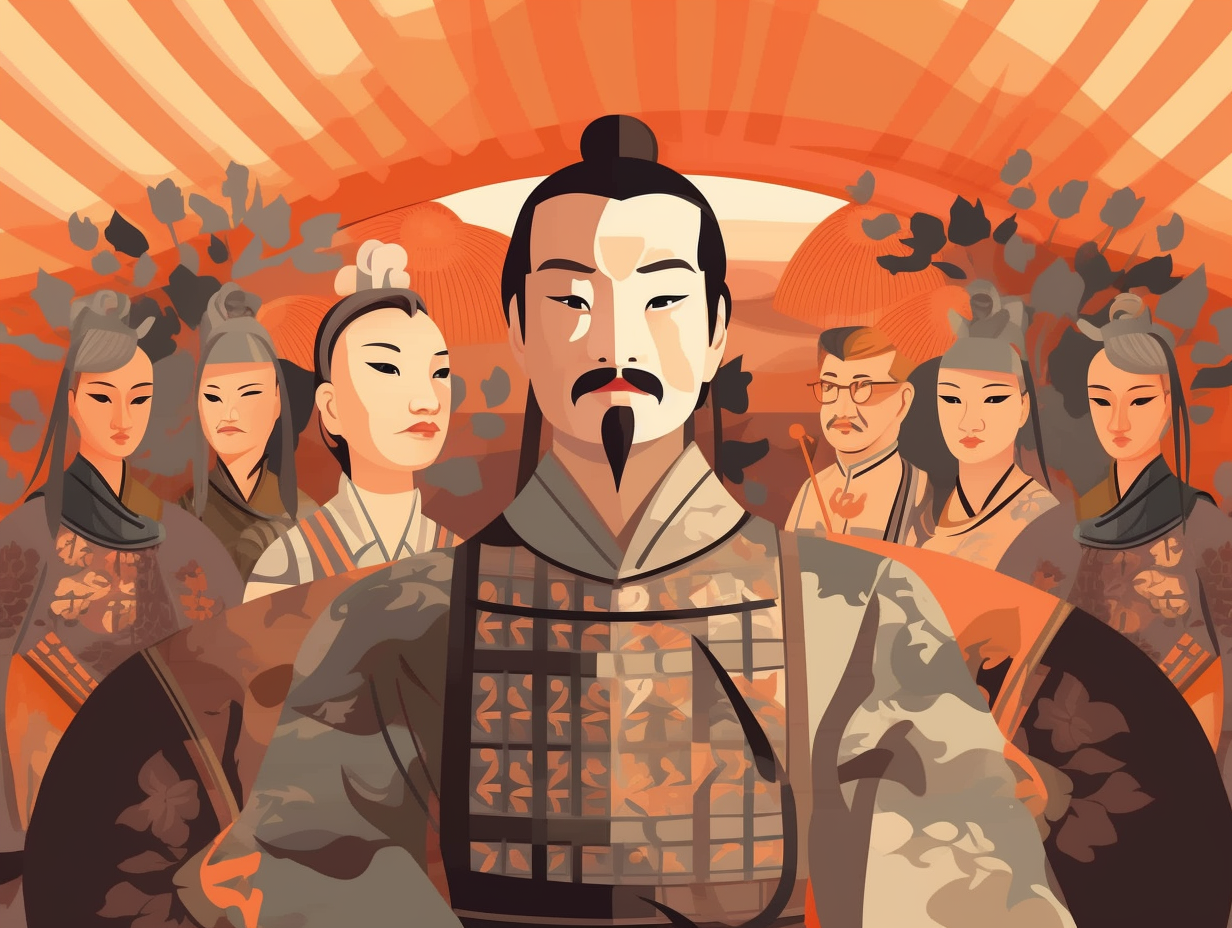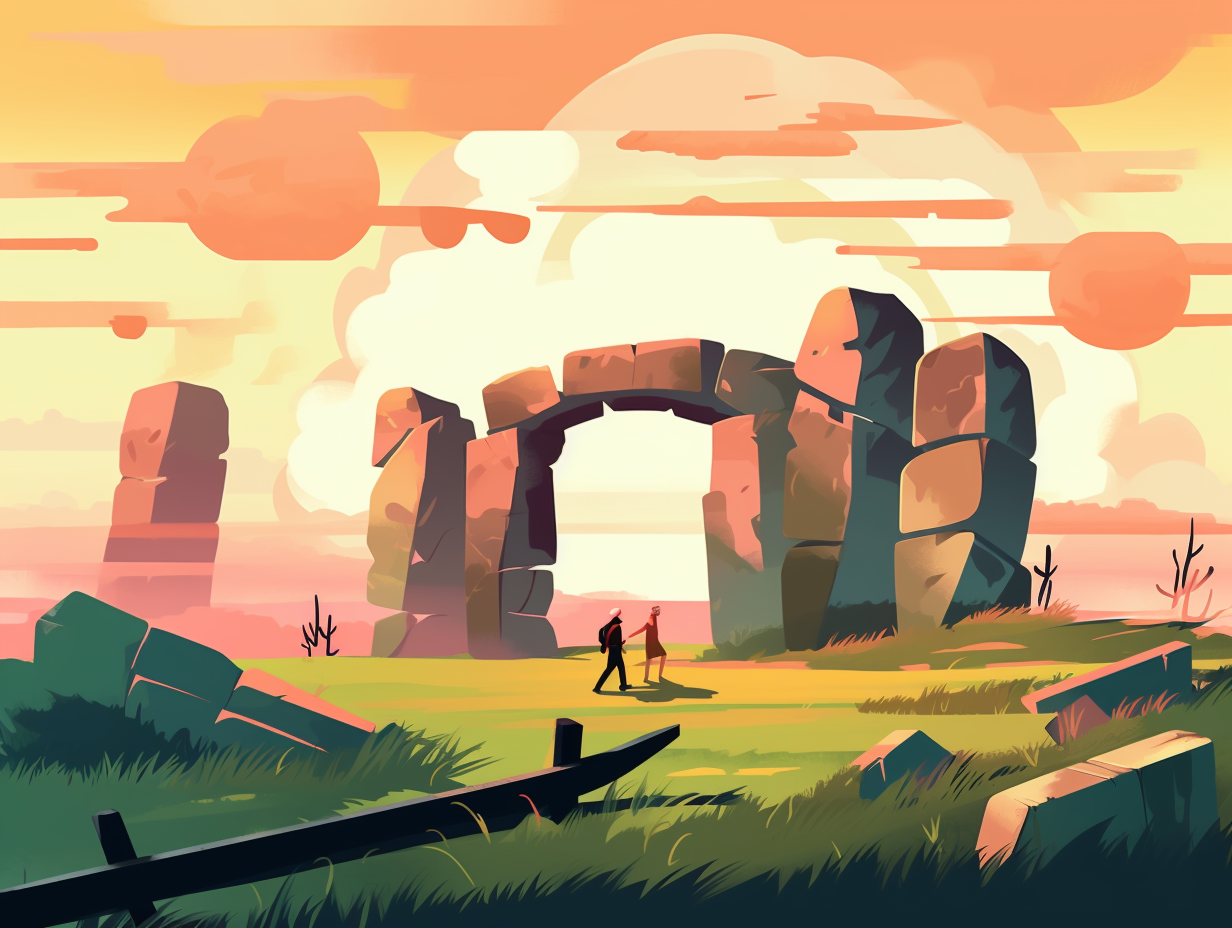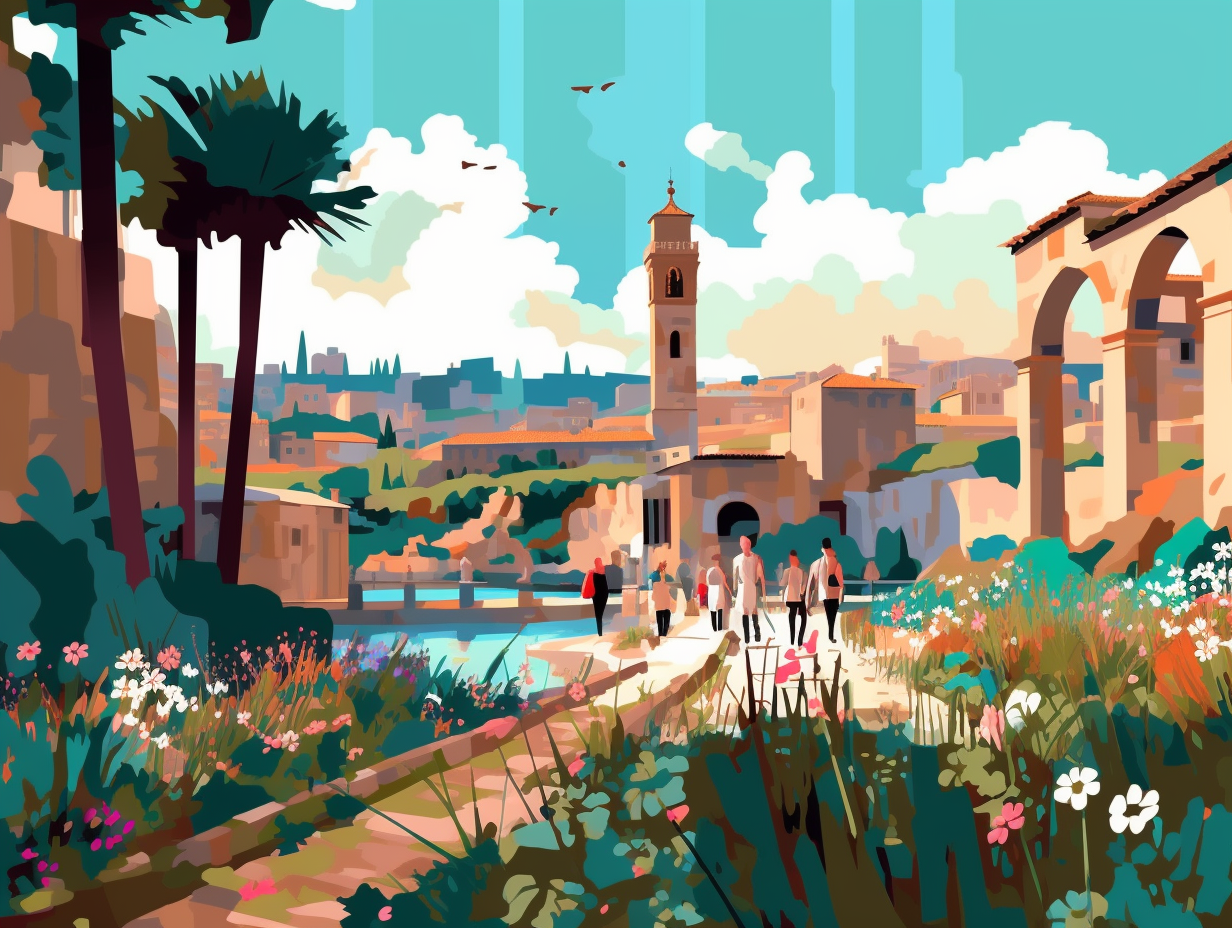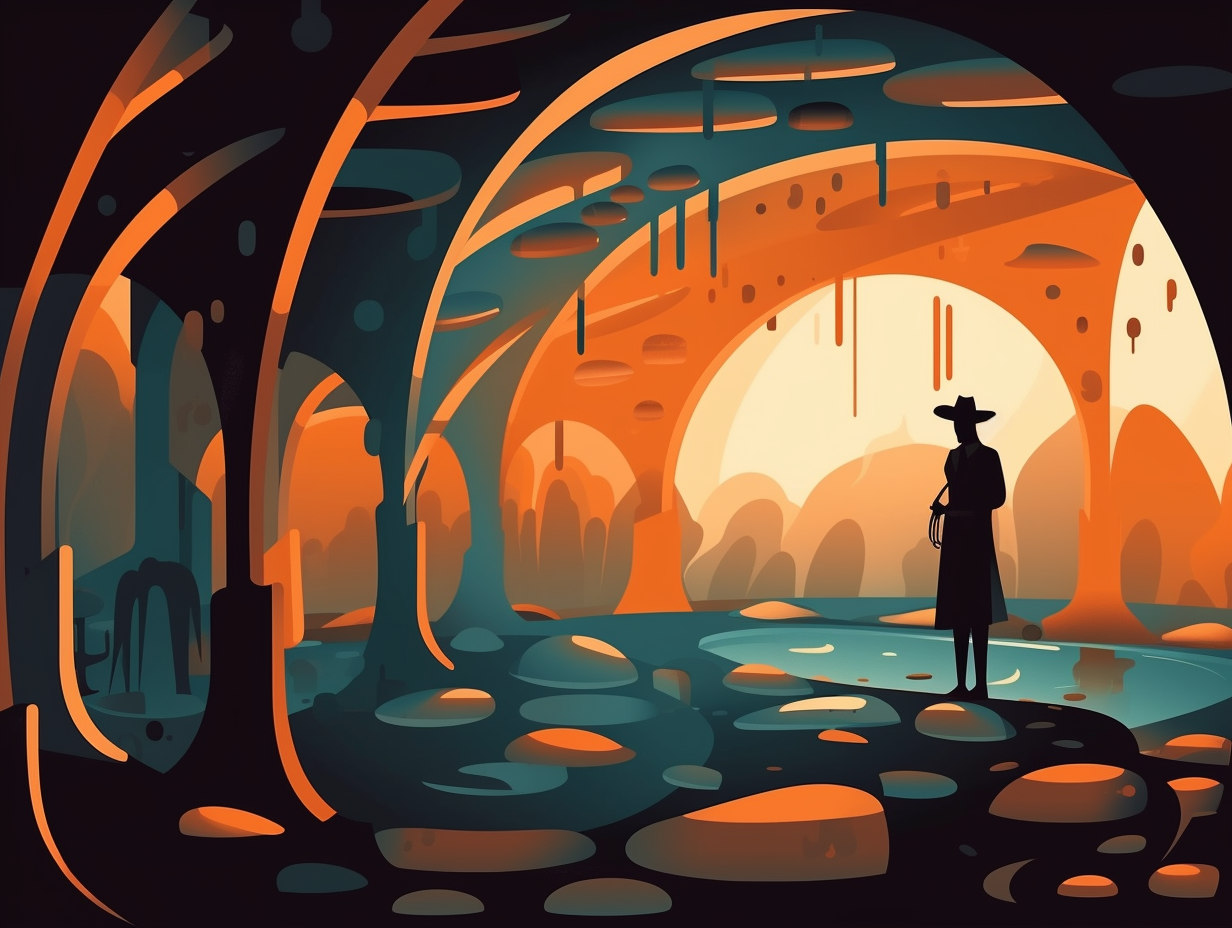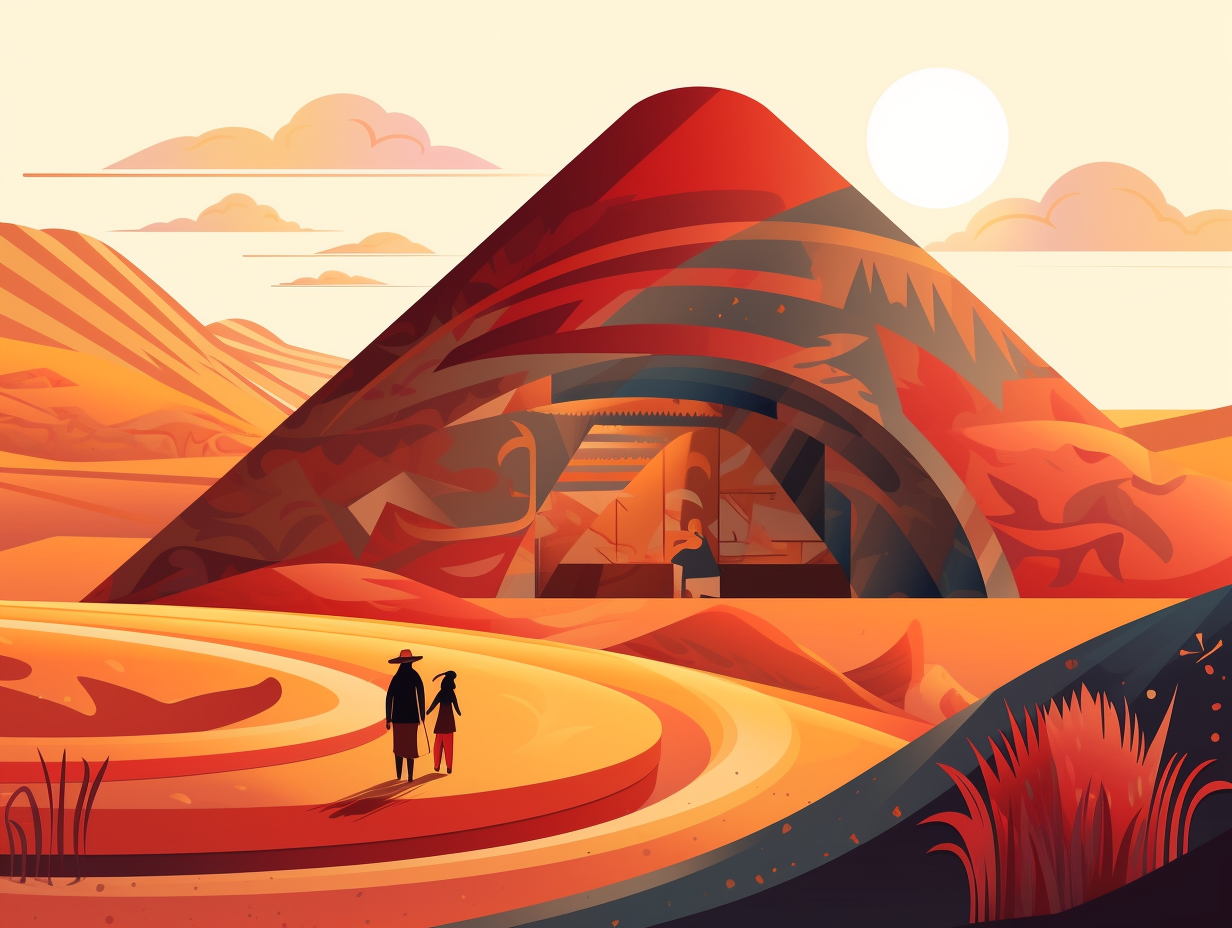13 Unearthed Fun Facts About Mohenjo Daro: Discover the Secrets of This Ancient City!

1. Tetris-like Urban Planning
Once upon a town, the ancient folks in Mohenjo Daro must've been real sticklers for straight lines, turning their city into a life-sized game of Tetris: Remarkably, this age-old civilization from 2600-1900 BCE was famed for its grid-plan urban design, with perfectly right-angled streets and blocks meticulously oriented along the cardinal directions, making it a notable example of grid system's use in urban planning during its time.
Source => pedshed.net
2. Agni's Pool Party Paradise
Imagine a pool party thrown by ancient Indus Valley party planners: Agni the Fire DJ providing the beats, gods and goddesses splashing around in exquisite attire, and priests blessing the waters while snacking on prehistoric hors d'oeuvres. What a scene that would have been! Alas, the Great Bath of Mohenjo Daro served a higher purpose: this meticulously engineered pool, measuring 12 meters by 7 meters, was built for religious rituals involving purification and spiritual renewal, with its waterproof construction, spacious access points, and adjacent rooms designed for water management and additional ceremonies.
Source => harappa.com

Did you know that before the catastrophic eruption of Mount Vesuvius, the people of Pompeii were masters of fresco paintings? Discover how their art withstood centuries of restorations and challenges! 🎨🌋
=> Fun Facts about Pompeii
3. Who Nose: Ancient Plumbing Wonders
Did ancient plumbing actually pave the way for a less stinky life? Who nose: Mohenjo-daro's mind-blowing drainage system featured baked brick horizontal drains, vertical pipes in houses, and covered wider drains with limestone blocks and long bricks, complemented by sediment-collecting pools and traps that enabled periodical cleaning, although cleanliness standards varied across the city.
Source => harappa.com
4. World's First Public Pool
Before Instagrammable pool parties were even a figment of our ancestors' imaginations, the good people of Mohenjo-daro sure knew how to make a splash: They built the world's first known public water tank, called the Great Bath. Measuring an impressive 12 meters by 7 meters with a depth of 2.4 meters, this ancient spot for sacred swim sessions featured waterside colonnades, doors leading to the complex, and an innovative drainage system – all held together by watertight bricks and an early version of pool tar.
Source => en.wikipedia.org

5. OG Shopaholics Unite!
Ready to shop till you drop, ancient style? Make way for the OG shopaholics: Contrary to popular belief, Mohenjo-daro and other Harappan sites had evidence of possible marketplaces, with small rooms along main streets serving as potential shops, workshops, and open areas that might've functioned as plazas or markets. Talk about keeping the tradition of retail therapy alive since 2500 BCE!
Source => harappa.com
6. Nature Calls, Mohenjo Drains
When nature calls in Mohenjo-daro, they certainly know how to carry it away: This ancient civilization was a step ahead with its sophisticated drainage system, which ensured clean streets and neighborhoods by managing wastewater right from inside the houses, leading waste through pipes and chutes directly onto street drains and even having small sediment-catching pools for regular cleaning.
Source => harappa.com
7. Flintstones in Pakistan
If the Flintstones had an episode set in ancient Pakistan, they'd probably call it "Mo' Henjo, Mo' Da-ro-mas": Mohenjo Daro's houses featured inner courtyards, bathing rooms, and some even had two stories and doors opening onto side-lanes, showing signs of impressive urban planning in the ancient world.
Source => en.wikipedia.org
8. Ancient Beyoncé Fashion Icon
Feeling a little underdressed? Take fashion inspiration from Mohenjo Daro's ancient "Beyoncé": meet the iconic "Priest King" statue: This dapper fella sports detailed accessories like a fillet headband with circular inlay ornaments, a potentially elaborate horn-and-plume headdress, and a fancy cloak decorated with trefoil and circle designs. Bonus fashion points: the eyes and ears may have held inlay and jewelry, because true style knows no time period.
Source => harappa.com
9. Crop Circles vs Mohenjo Irrigation
Before crop circles were even a thing, ancient farmers in Mohenjo Daro were showing off their own irrigation game: They expertly cultivated wheat and barley using advanced irrigation systems, sans any evidence of bronze tools for the job – those were reserved for weapons and flashy gadgets.
Source => indusvalleyciv-2.weebly.com

10. Superhero Plumbing League
Who wears the tights in Mohenjo-Daro: their top-notch plumbing system had more finesse than that of Captain Planet's superhero team! With sewage and drainage lines running through the streets and into wells, the city had private bathing areas in homes and showed early urban planning with a grid system. Plus, the Great Granary in the Citadel district is proof of how seriously they took their agriculture - making them far from primitive bumpkins.
Source => blogs.brown.edu
11. Marie Kondo's Ancient Ancestors
If you thought Marie Kondo was the ultimate expert in organization, ancient Mohenjo Daro would like to politely raise its hand: Boasting impressively straight streets, covered drains, and stone waste containers, this city from the Indus civilization outshines many modern urban centers with its advanced infrastructure and cleanliness, proving that keeping tidy isn't just a 21st-century obsession.
Source => thefrontierpost.com
12. Mohenjo Lemonade: Plumbing Edition
When life gives you lemons, you make lemonade; when Mohenjo Daro gives you water, they make a whole plumbing system: This ancient city featured advanced water supply and sanitation, with nearly every home containing a bathroom with fine sawn burnt brick pavement and waste water connections to covered street drains and manholes for cleaning.
Source => tslr.net
13. City of Roses: Unstinky Streets
Talk about ancient plumbing prowess! The residents of Mohenjo-daro knew how to keep their city smelling fresher than a rose garden: they had an impressive drainage system that expertly escorted waste materials far away from the city streets, ensuring no stinky surprises for passersby.
Source => en.wikipedia.org
Related Fun Facts

